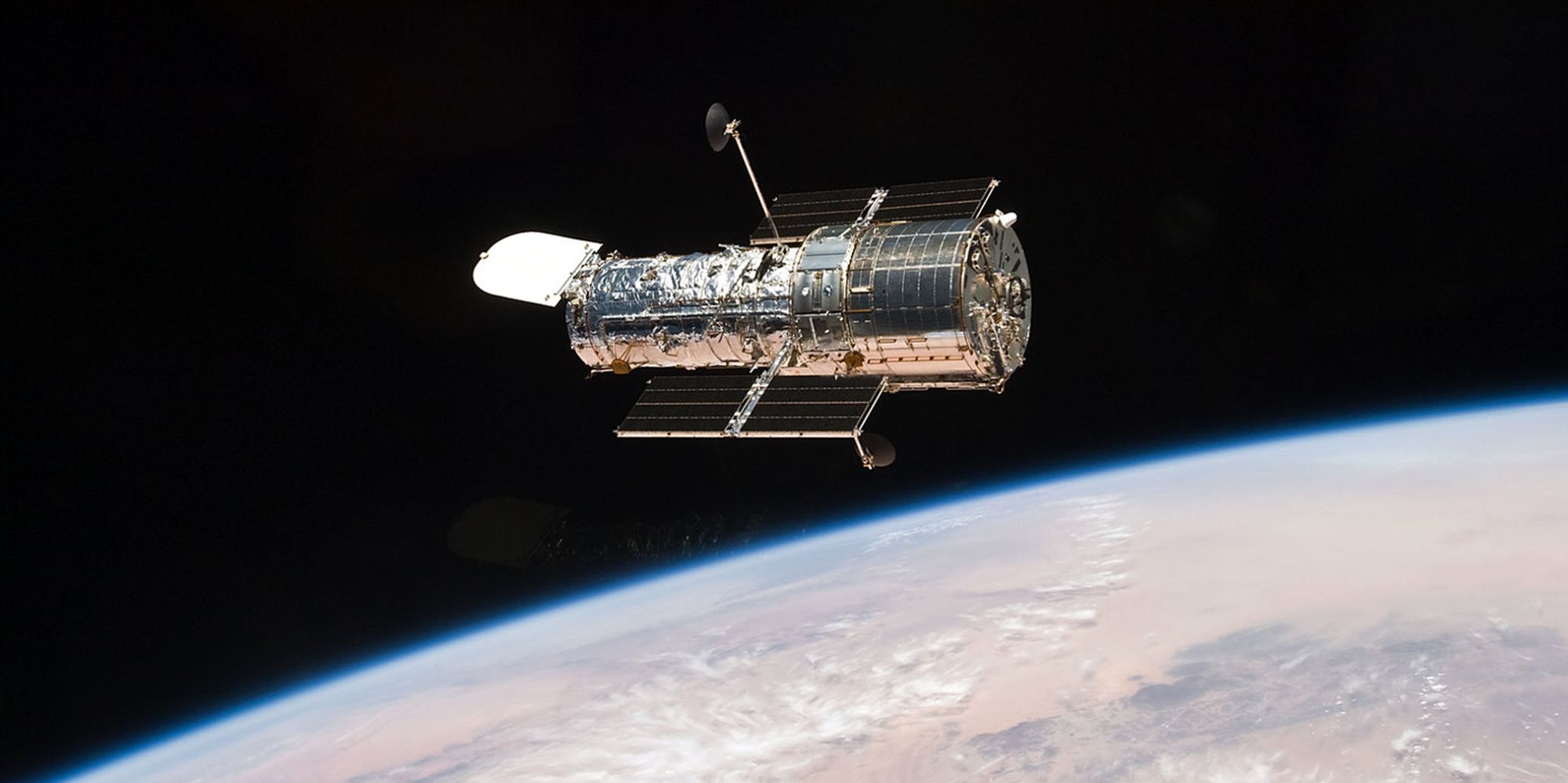
[ad_1]
After being offline for a month, Hubble shared their first images after coming back online. He has captured two mysterious galaxies far in space.
Nasa just provided new images of the iconic Hubble Telescope, and quite simply, they are absolutely breathtaking. Hubble has captured countless images of outer space over the 31 years of its operation. Launched in 1990 and costing around $ 2.5 billion, the discoveries made by Hubble are endless. He helped scientists accurately determine the age of the universe, find the moons Nix and Hydra near Pluto, and provided loads of stunning imagery along the way.
Sadly, it seemed like Hubble’s time was drawing to a close not so long ago. On June 13, 2021, NASA reported that Hubble was offline due to an issue with its payload computer. The team spent the next month trying to find a solution, and on July 16, it was reported that Hubble had come back online. NASA achieved this by redirecting all of Hubble’s operations to a standby computer. It was a risky decision to say the least, but Hubble is now back up and running as it has been since 1990.
This is what makes these latest images from Hubble so remarkable. On July 19, 2021, NASA shared the first two photos Hubble has taken since its successful restart. According to a statement from the organization, “These early snapshots demonstrate Hubble’s return to full science operations, after a computer anomaly was corrected aboard the spacecraft. Normal science observations resumed on July 17 at 1:18 p.m. EDT. Among the first targets are globular star clusters in other galaxies and auroras on the giant planet Jupiter, in addition to a look at bizarre galaxies. “
A closer look at these latest Hubble images
The photos above are quite gorgeous without any explanation, but diving a little deeper into them reveals just how fascinating they really are. Looking at the image on the left, NASA indicates that it is an image of the ARP-MADORE2115-273 galaxy. This is the first high-resolution image captured by Hubble of the galaxy, located 297 million light years from Earth. It was previously believed to be a “collision ring” due to the merger of two galaxies. Upon closer inspection with his new image, however, “The new observations from Hubble show that the ongoing interaction between galaxies is much more complex, leaving behind a rich web of stars and dusty gas.”
As for the image on the right, it shows the galaxy ARP-MADORE0002-503. It is even further 490 million light years away and it is a “large spiral galaxy with unusual extended spiral arms.” These arms have a radius of 163,000 light years, which is three times the size of the spirals found in the Milky Way. Not only is the radius remarkable, but NASA points out that most disk galaxies have an even number of these arms. ARP-MADORE0002-503, by comparison, has three.
It remains to be seen how well the backup computer onboard Hubble will be able to perform in the months and years to come. At least for now, everything seems to be going well. Hubble is working as it should, NASA is confident in its current state and these latest images remind us why it is so important that Hubble continues to stay operational.
Source: NASA
About the Author
[ad_2]
Source link
